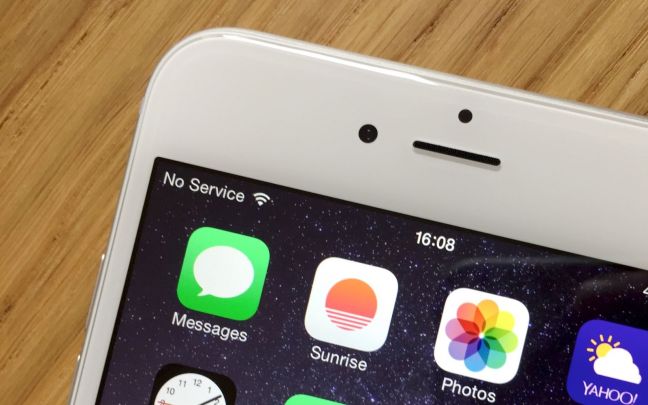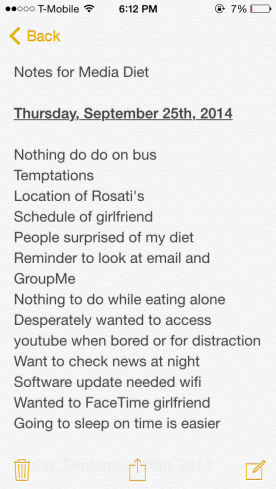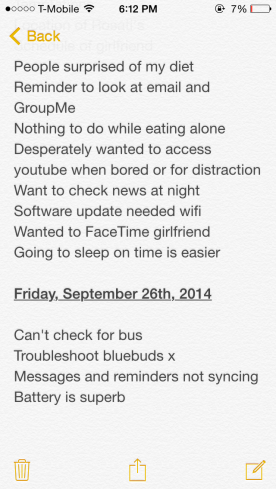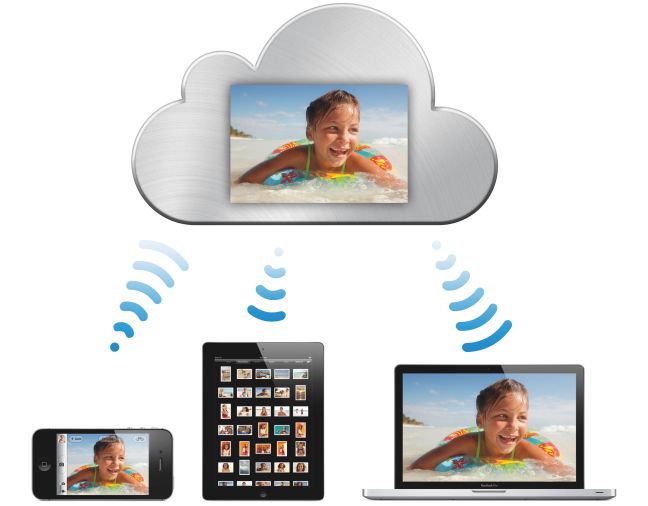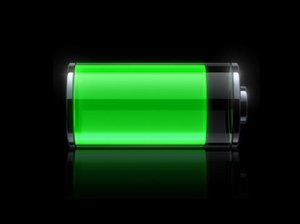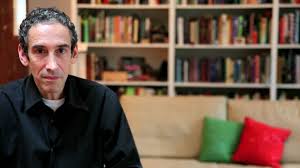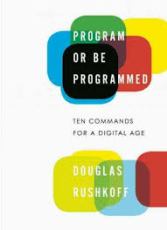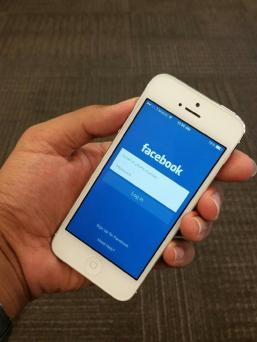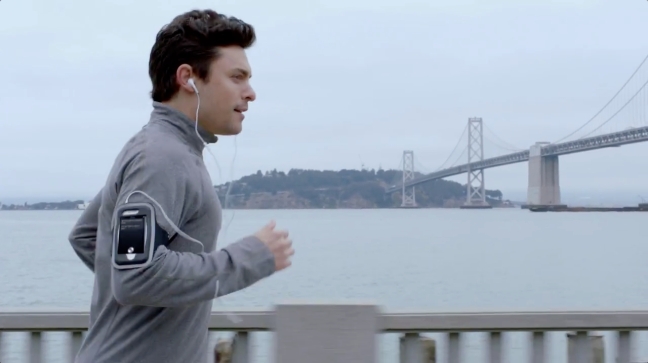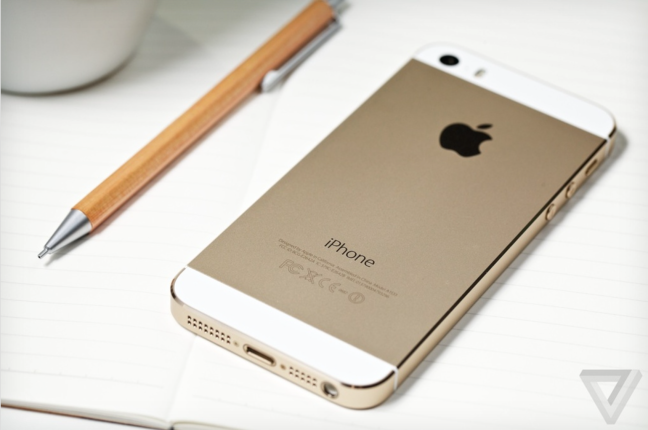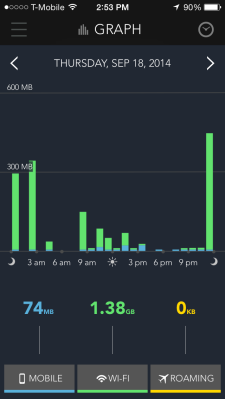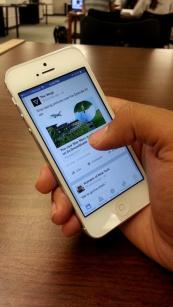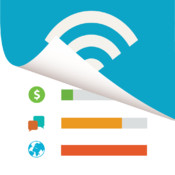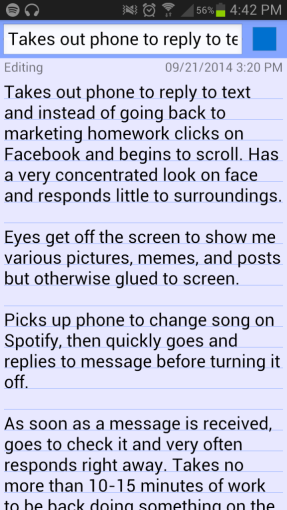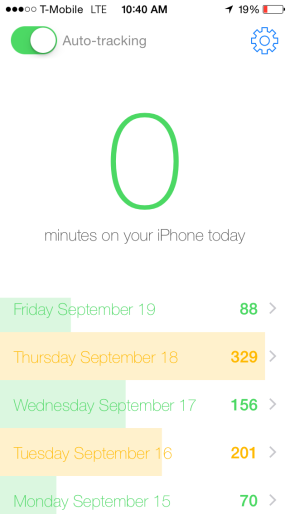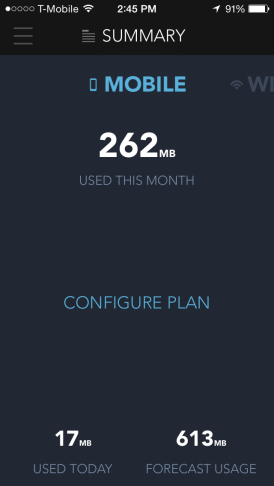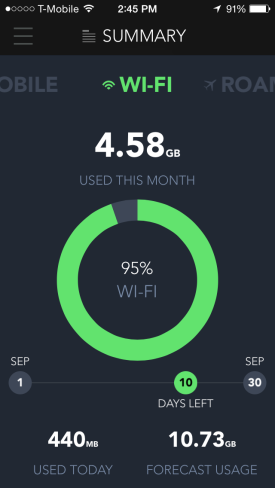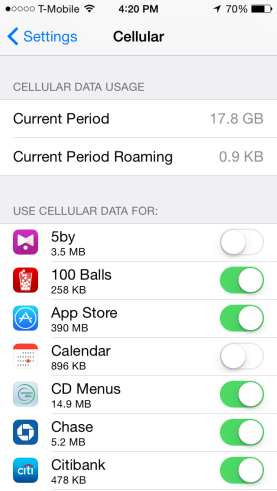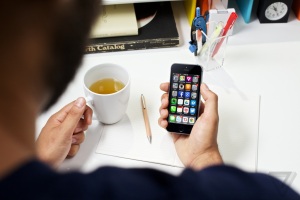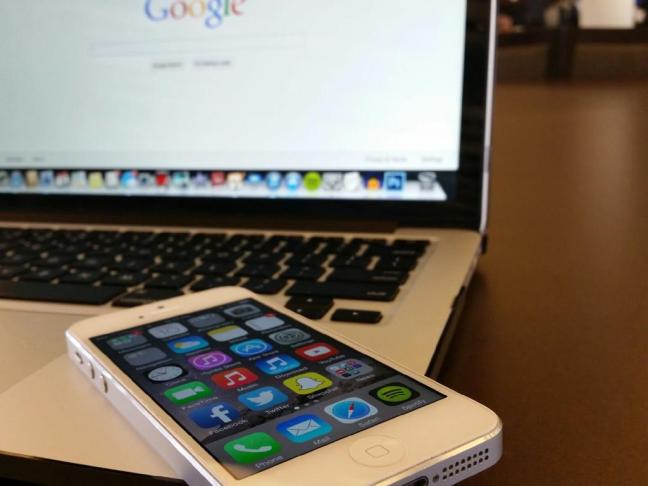
A week ago, my speech partner began her speech about my data diet with a captivating question: what happens when the most tech-savy student in this classroom commits to a data diet? It was an intriguing question, forcing me to reflect on how the results of my diet contributed to my self-formation. Furthermore, on a macro scale, I was forced to analyze not only how my interaction with others changed, but also how my connection to my community at large was affected. I cannot honestly say that my lifestyle has drastically changed after this diet, nor can I say that I use my phone a lot less. However, this diet did play an important role in helping me define my personal media usage. My diet allowed me to shift focus from multiple tasks to one, build interpersonal relationships, and reveal my reliance on a digital presence for relevance in my communities, all in an effort to get a glimpse of the role new media plays in my life.
During my data diet testing phase, my girlfriend kindly noticed important tasks (i.e. homework, studying etc.) interrupted briefly by my device’s arsenal of notification alerts, whether it be blinking, vibrating, or beeping. I almost immediately reacted to these notifications, which were often nothing more than trifling information from my news feeds or pieces of communication in a group chat. What was a pathetic excuse for multitasking actually diverted my attention from my task at hand, and resulted in an endless loop of micro-distractions from my social networking applications or news applications. These distractions proved effective in distancing me away from what I needed to do in the first place.
My data diet helped me prove whether my device was really a distraction and whether I was actually multitasking. With a phone that received nothing but calls and text messages, I was no longer interrupted with a bombardment of group messages, social networking notifications, breaking news highlights, or that Netflix was now streaming the last season of How I Met Your Mother. If I was in an area with no cell service, such as a basement or dead zone around my school campus, I did not receive alerts on my phone at all. Eventually, towards the end of my testing phase, this did not worry me. Most importantly, my focus shifted from completing multiple tasks to ensuring the completion of a single task.
The positive effect this focus shift had on my time management was unimaginable; I suddenly had time to organize my responsibilities without interruption. My data diet indubitably contributed to my self-formation. In his book, “Program or Be Programmed: Ten Commands for a Digital Age,” Douglas Rushkoff describes the effects of being “always on” in this digital age, similar to how I have lived my life in recent years with new media. According to Rushkoff, while we live in a world dictated by time, our digital devices do not, and thus, time is an unknown concept to them. Under these circumstances, we “become more concerned with the newest information rather than the most relevant.” This stays true as I succumb to the temptation to respond to notifications instead of focusing on the most relevant information. However, by applying the concept of time to our digital devices, and choosing when to stay “on,” I have learned that we can effectively avoid digital distractions, and change our ability to engage with the world around us.
At the very least, I saw a direct impact of my diet on the way I interacted with my peers. During the 20-minute shuttle ride between my two college campuses, I am typically found in a transcending state of unbounded bliss, filling my soul with the catchy song-of-the-week on repeat to my heart’s content. With no access to data to stream music from Spotify, I was content with keeping my mobile phone in my pocket or bag for the entirety of the shuttle rides, opting to instead share stories with friends on the bus. It seemed to be just as fulfilling; just as blissful. Moreover, it was the singularity of the conversations that made them so much more valuable, so much more appealing. A lack of interruptions or temptations to keep multiple conversations going and keeping myself in the “now” helped me to maintain focus and meaning.
Rushkoff describes the importance of recognizing place in the digital era and understanding the importance of being in the “now.” While he acknowledges the benefits of technology in maintaining communication and interaction between people or groups who are not physically near each other, “there are aspects of physical interaction that cannot be simulated through the use of digital medium.” Rushkoff describes body languages like eye contact, physical touch, facial expression, and gestures as aspects of physical interactions that are often lost in translation into the digital world. I agree with Rushkoff; there is no substitute to in-person interaction. The meaningfulness is more apparent, as is the immediacy of your partner(s)’s response. My data diet convinced me of the attractiveness of personal communication, of aspects of communication that are lost in the constant switching between conversations when “multitasking”.
My diet did not occur without its challenges though. When alone, I depended on my family and friends to contact me through text messages. However, if they were using iPhones, their messages automatically converted to iMessages, assuming that my device still accepted them when in fact, the iMessages went straight to my iPad or Macbook instead of my phone. This proved challenging on updating peers on my location, and keeping an updated and consistent conversation going between two “iDevices”. It was almost as if the technology relied on a constant presence on my part to maintain and regulate consistent communication. Despite this challenge, it was important to recognize that I should be in control of my technology – and responsible for its limitations.
On a macro level, maintaining control during my data diet proved to be impactful in my community. I am a board member on my college’s Hindu Students’ Organization, and our primary medium for communication is the group-messaging focused universal application, GroupMe. The application relies on data – either WiFi or Cellular – to relay communication between group members. I was forced to intermittently check the desktop application for the latest news and updates, and was reliant on requesting personal updates from the group’s president through text messaging. The organization is constantly working on upcoming events and fundraisers, and thus, maintaining communication between board members is imperative to completing important tasks. Having no mobile access to GroupMe distanced me from the organization that I was responsible for partly leading. Furthermore, this lack of communication translated into the classroom as well, making group projects, communicating with professors, and viewing updated academic calendars all the more difficult. While my relationships and my concepts of self-formation were definitely affected by my data diet, it was my connection to my community that I believe received the biggest hit. My connection to the digital world, and in turn, campus life and community, rely on these basic communication technologies, and I am distanced without them.
It may be difficult to refute the fact that technology is not in control; humans are. Moreover, as devices become “smarter,” and more opportunities grow for people to rely on them for communication, they become sources of micro-distractions, further developing the already well-established asymmetrical relationship people have with their smart devices. My data diet proved to me that in my human-machine relationship, I need to be in control. Multiple hours of screen-on time a day is unacceptable, and the benefits are real. The future of technology may lie in dualistic relationships between humans and machine, but until society can distinguish between the unequivocally important interpersonal relationship and digital relationships, it can expect to continue to react to those annoyingly disruptive notifications on its lockscreens. I, on the other hand, plan to continue to go on self-mandated data diets throughout the year, slowly distancing myself from my reliance on constantly updated network connections. And as a fellow member of modern society, I challenge you to do the same.

